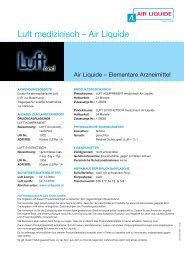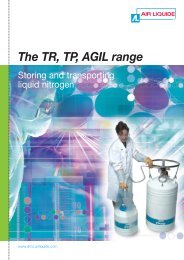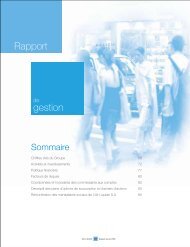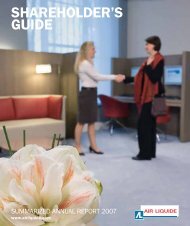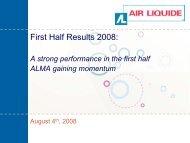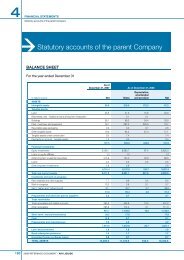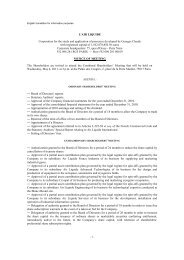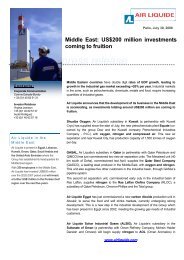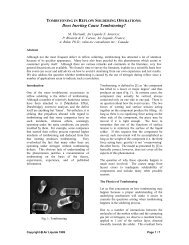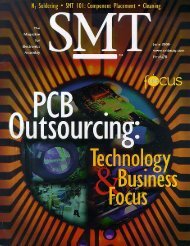Inert Soldering With Lead-Free Alloys: Review and Evaluation
Inert Soldering With Lead-Free Alloys: Review and Evaluation
Inert Soldering With Lead-Free Alloys: Review and Evaluation
Create successful ePaper yourself
Turn your PDF publications into a flip-book with our unique Google optimized e-Paper software.
Table 2 - Dross Cost Comparisons<br />
Sn-40Pb Sn-0.7Cu Sn-2Ag- Sn-3.5Ag Sn-20In-<br />
SM2-3 5<br />
0.8Cu-0.5Sb 2.8Ag<br />
(Castin)<br />
Air $/hr 3.31 5.69 5.47 7.66 78.80<br />
N 2 $/hr 0.17 0.28 0.27 0.38 3.94<br />
Savings $/hr 3.14 5.11 5.20 7.28 74.86<br />
% SnPb - 63% 66% 132% -<br />
Need for Quantitative Data<br />
Using nitrogen to inert the atmosphere during<br />
soldering of conventional Sn/Pb alloys has become a<br />
generally accepted practice in electronic assembly.<br />
There seems to be little doubt in the minds of the user<br />
that nitrogen “improves” the process, however, its<br />
cost-effectiveness <strong>and</strong> technical necessity are still<br />
questioned very frequently. A reason being that the<br />
benefits of nitrogen are difficult to evaluate since<br />
they often are process-specific <strong>and</strong> reliability based.<br />
The introduction of the lead-free debate has<br />
intensified the need for accurate <strong>and</strong> specific<br />
information on that topic.<br />
Higher temperature <strong>and</strong> the associated increase in<br />
oxidation, as well as expert opinion, seem to indicate<br />
that lead-free soldering with nitrogen might be<br />
necessary. However, most of the information<br />
reported above is qualitative, <strong>and</strong> of course there is a<br />
need for more quantitative data to support the<br />
comparison between air <strong>and</strong> nitrogen results.<br />
Wetting Balance Tests<br />
A key difference between air <strong>and</strong> nitrogen (or<br />
absence of oxygen) is the effect on oxidation <strong>and</strong><br />
wetting. Since soldering is strongly influenced by the<br />
wetting force, it was decided to consider quantitative<br />
data on wetting to create measurable comparisons.<br />
Among the methods to obtain this quantitative data,<br />
the choice of the wetting balance method is most<br />
logical. It is a well-established method that easily<br />
gives precise <strong>and</strong> quantitative data, <strong>and</strong> it can easily<br />
be performed in different atmospheric conditions.<br />
The objective of this study was to perform tests that<br />
were close to the actual conditions encountered on<br />
the production floor. This study would complement<br />
another, extensive study on the same topic. 20<br />
It was decided to use plain copper adding a controlled<br />
level of pollution to be representative of what is<br />
commonly encountered in assembly lines. A decision<br />
was made not to use rosin based fluxes, as it looks<br />
too academic, but rather an organic flux that is<br />
representative of the industry st<strong>and</strong>ard for no-clean<br />
applications. The flux chosen (1.8% solids), is<br />
considered to have the highest level of quality on the<br />
European market. For the temperature range, 10°C<br />
superheat temperature, representative of the<br />
possibility to use the lower superheat temperature for<br />
lead-free solders, was used. Until components are<br />
improved for their thermal resistance, a 10°C<br />
superheat will prove attractive. Tests were also made<br />
at the st<strong>and</strong>ard (Sn/Pb) superheat of 30°C to get a<br />
comparative set of data.<br />
Experimental Set-Up <strong>and</strong> <strong>Alloys</strong> Selection<br />
The wetting balance used was a model ST40 from<br />
METRONELEC (see Figure 1). It was equipped with<br />
a dry box enclosure <strong>and</strong> nitrogen supply. <strong>With</strong> this<br />
apparatus, a ROL of 50 PPM O2 could be easily<br />
reached <strong>and</strong> monitored throughout the test. We also<br />
equipped it with a dedicated airlock system to<br />
introduce the test samples. <strong>With</strong> this device, a time of<br />
less than 10s was necessary to achieve the required<br />
ROL after introducing a new sample .<br />
Figure 1 – Controlled Atmosphere Wettng<br />
Balance<br />
The alloys were chosen according to their emergence<br />
as the best c<strong>and</strong>idates for reflow applications. Those<br />
included SnAg eutectic (96.5Sn/3.5Ag) <strong>and</strong> a ternary<br />
Sn/Ag/Cu that is commercially available<br />
(95.5Sn/4Ag/0.5Cu) <strong>and</strong> as close as possible the<br />
ranges recommended by NEMI 2 <strong>and</strong> ITRI. 3 The<br />
superheat temperatures for the 96.5Sn/3.5Ag (melting<br />
point of 221°C) were 231±1°C <strong>and</strong> 251±1°C



